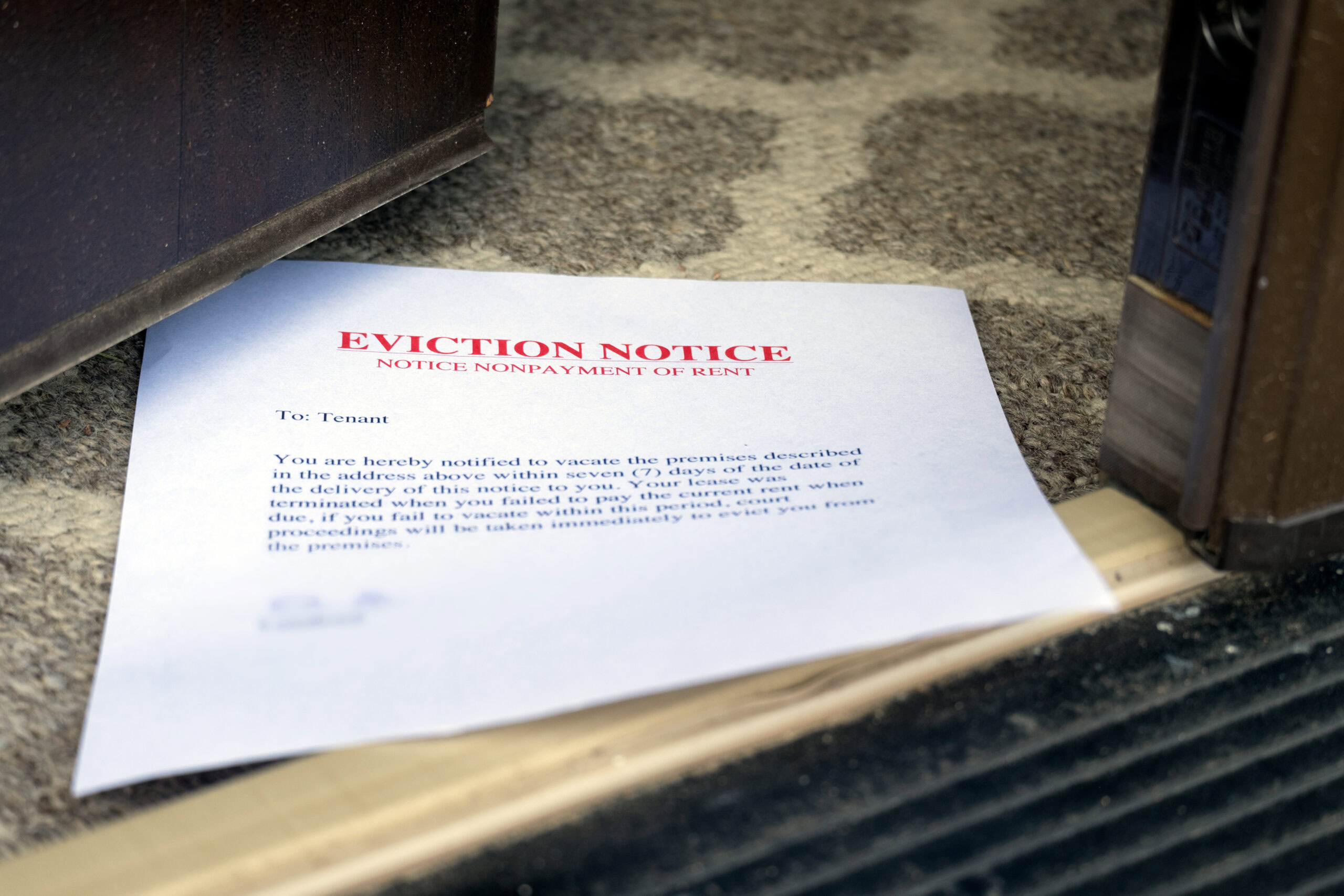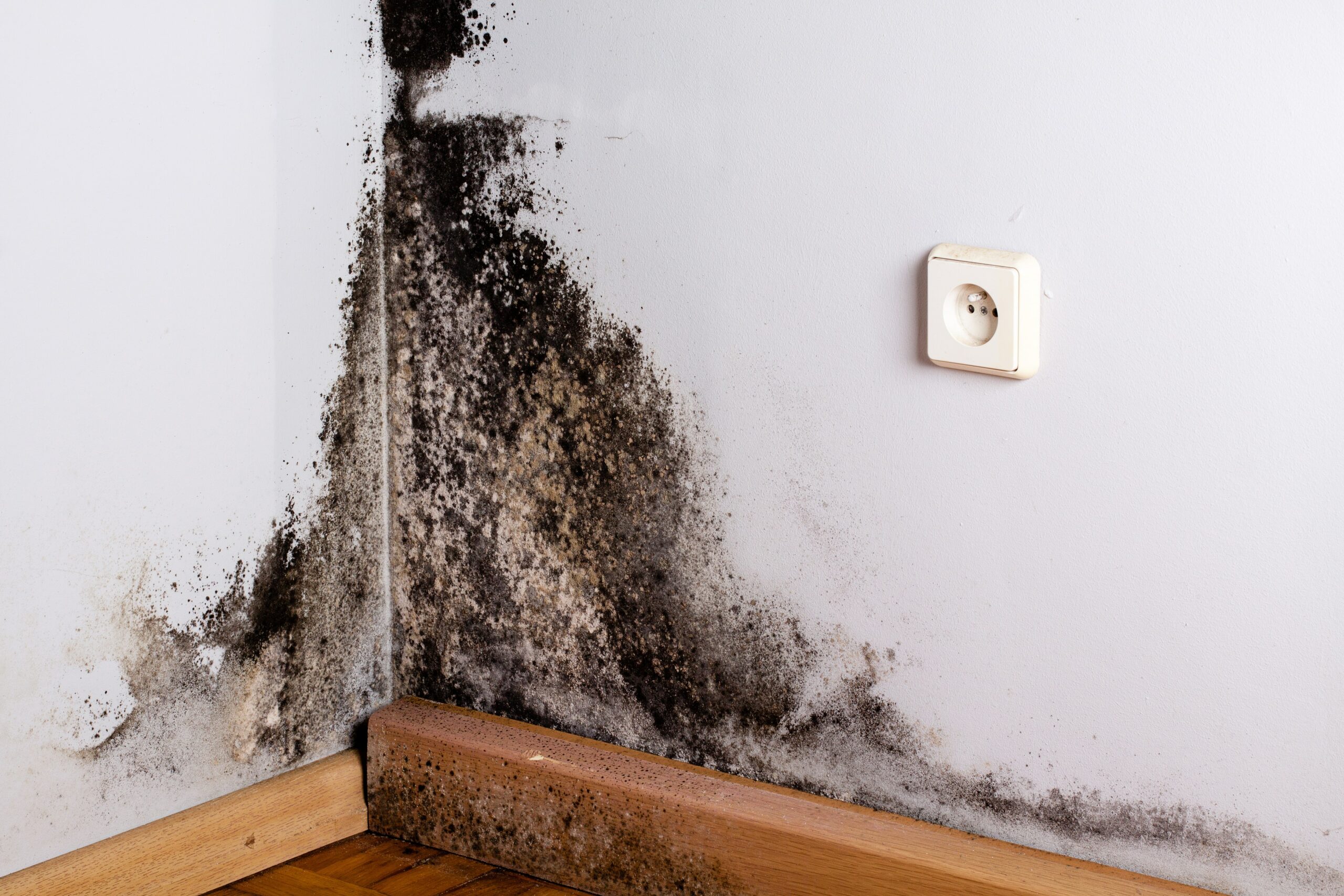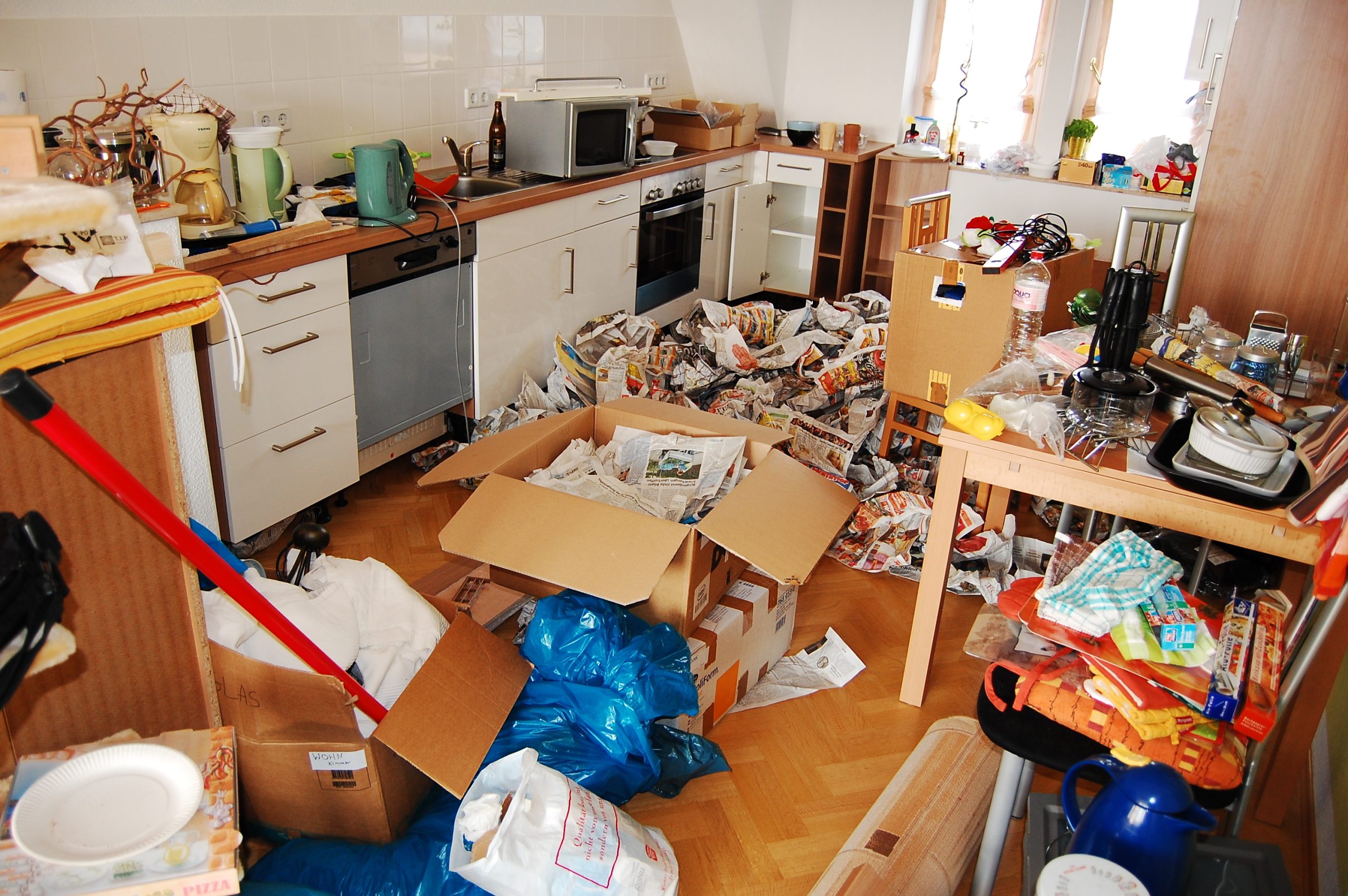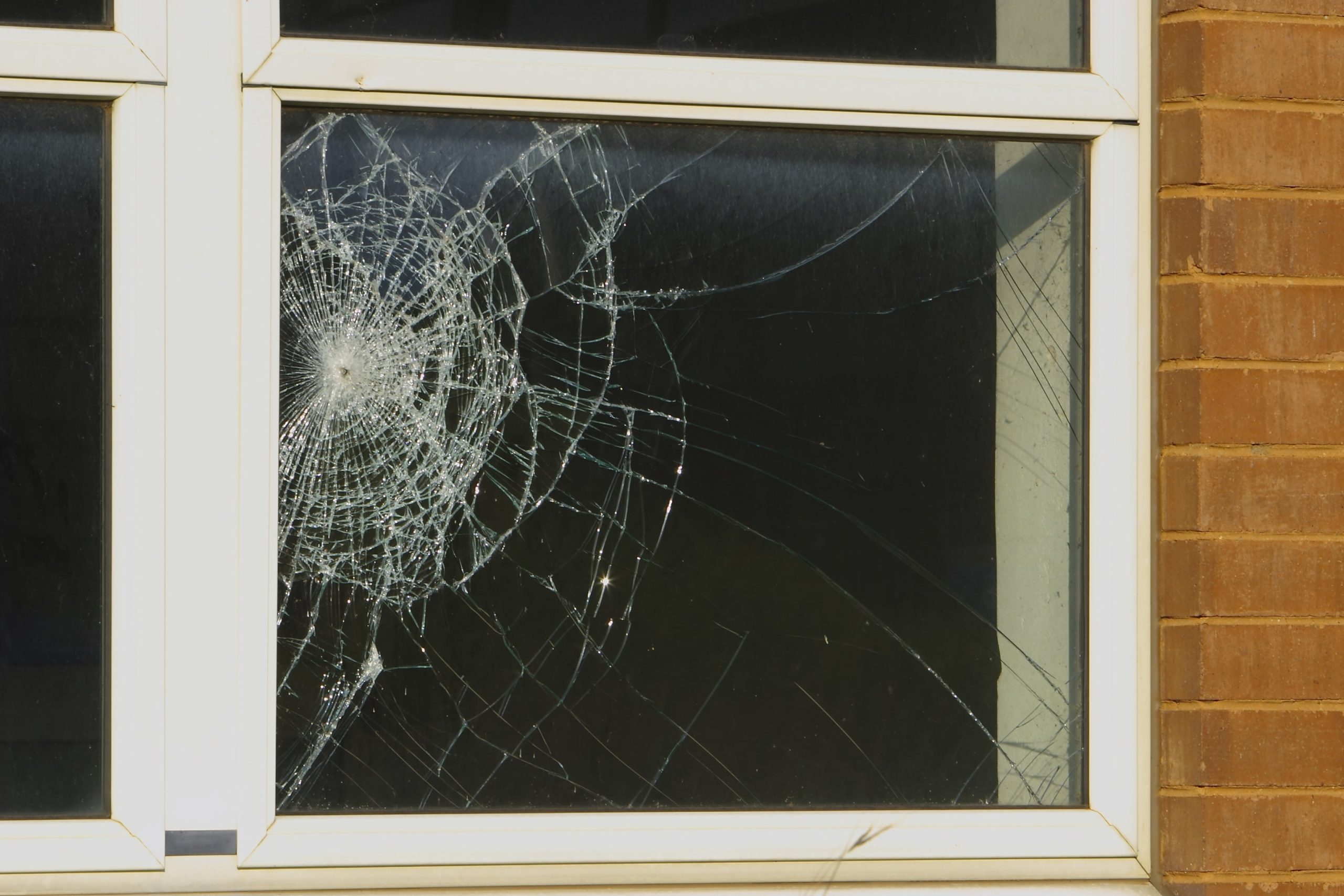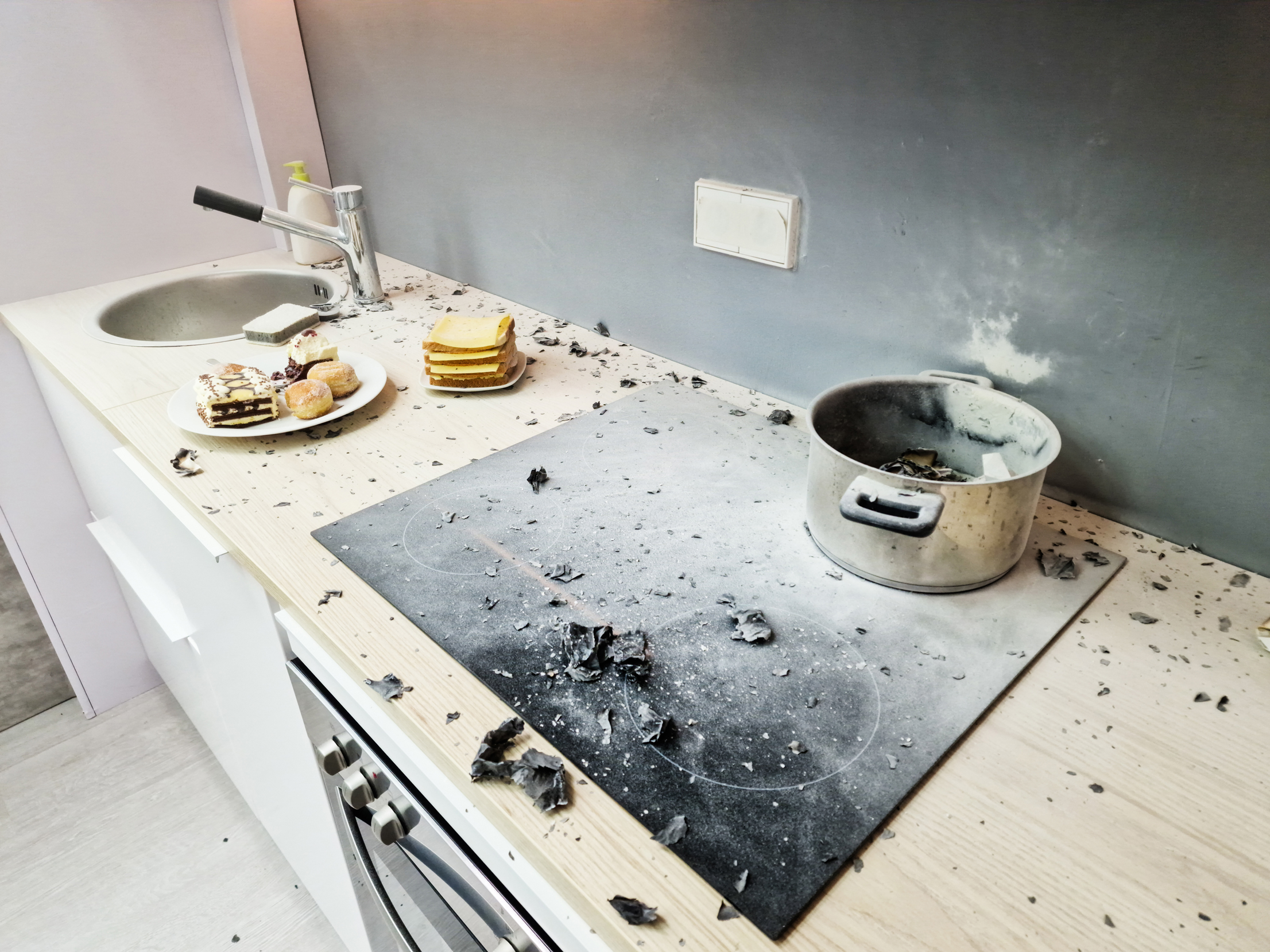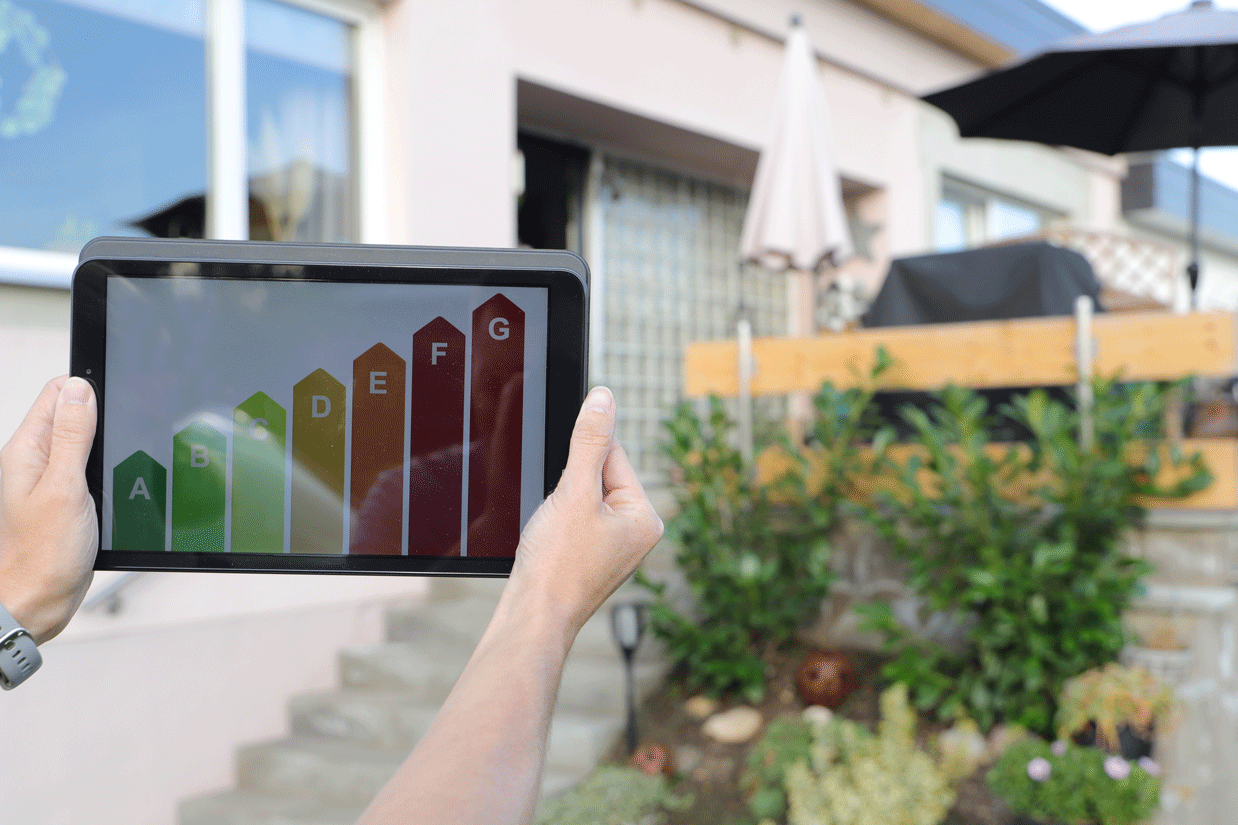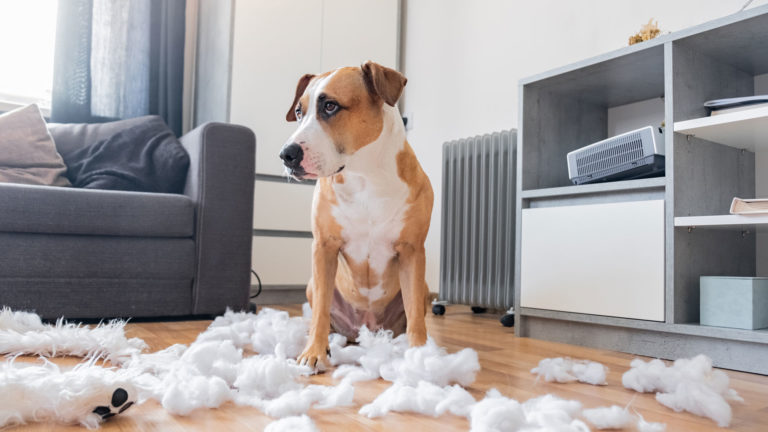Whether you are a landlord or a tenant, it’s not a pleasant experience dealing with a pest infestation. Unfortunately, it has become a more common problem in recent years – during the Covid-19 lockdowns rats and mice were increasingly attracted to residential areas. Warmer summers are leading to growing fly populations. Milder winters are perfect for rodents to thrive, while increased flooding and drought can drive them to seek shelter in our homes.
While it’s possible to reduce the likelihood of a home becoming infested with rodents or insects, it can happen to any property. However, when a rental property becomes infested many landlords and tenants are left questioning who’s responsible for pest control.
In this article we look at some of the most common types of infestation, explain who’s responsible for prevention and pest control, and examine the insurance cover that’s available.
- What are the most common household pests?
- Who is responsible for dealing with infestations?
- When are landlords responsible for pest control?
- When are tenants responsible for pest control?
- When is responsibility for pest control not clear?
- Should landlords pay for pest control?
- What should tenants do if they discover an infestation?
- Is a pest control letter from a tenant needed?
- What happens if my landlord won’t deal with an infestation?
- What insurance is available for pest control problems?
What are the most common household pests?
In the UK, our homes can be susceptible to a wide range of pests. The British Pest Control Association has compiled an informative A to Z of pests, and pest control firm Rentokil has listed the top 10 household pests as:
- Mice
- Rats
- Moths
- Bed bugs
- Wasps
- Flies
- Ants
- Spiders
- Cockroaches
Other common pests include fleas, mites, silverfish, and woodlice. A study reported in Country Living magazine lists the most common pests by region in the UK.
Who is responsible for dealing with infestations?
When an infestation occurs in a private rental property responsibility for dealing with it depends on how the issue has developed. In most instances it’s clear whether responsibility lies with the landlord or the tenant, although sometimes the answer isn’t always clear-cut.
When are landlords responsible for pest control?
Landlords are legally obliged to make sure their properties are fit for human habitation. This means they are responsible for infestations that existed when a tenant first moved in. It also means that if an infestation is caused by something a landlord has done (or failed to do), they are responsible for pest control. It’s also worth bearing in mind that it is a condition of most landlord insurance policies that landlords comply with their legal duties towards their tenants, failure to do so risks invalidating the policy.
For example, if a landlord fails to repair a hole in a wall and it results in a mouse infestation it’s their responsibility to deal with the problem. Similarly, if gaps in the roof tiles let in rodents, birds, or squirrels, the landlord needs to organise and pay for pest control.
It’s also worth checking the terms of the tenancy agreement. If the agreement specifically says the landlord is responsible for pest or vermin issues then pest control is their responsibility.
When are tenants responsible for pest control?
If a tenant’s actions (or failure to take action) leads to infestation, then they may become responsible for pest control. Some common examples are:
- Letting rubbish pile up, attracting rats or mice
- Untreated pets causing flea or mite infestations
- Leaving food waste exposed indoors, attracting flies or rodents
- Frequent travelling, meaning the tenant doesn’t notice signs of infestation until it becomes a larger problem
Tenants can also become responsible for pest control if they fail to notify their landlord of an infestation in good time.
When is responsibility for pest control not clear?
If a tenant takes steps to mitigate an infestation problem, they could argue that responsibility for pest control shifts back to the landlord. For example, if the tenants cleared rubbish that was attracting mice and the infestation remained, pest control could then become the landlord’s responsibility.
That said, this isn’t always clear-cut. If an environmental health officer concluded that the infestation was due to a tenant’s negligent behaviour, the landlord would have a strong case to argue that pest control remains the tenant’s responsibility.
Should landlords pay for pest control?
If a landlord is responsible for an infestation, they should organise and pay for pest control. They should also repair any damage caused as a result. This could include things like damage to skirting boards or cables caused by mice or rats. The best solution is to hire a professional pest control expert. They will be able to deal with the problem and can often provide a proofing service to help prevent future issues.
What should tenants do if they discover an infestation?
If a tenant discovers an infestation, they should always inform their landlord as soon as possible. If the landlord is responsible, this gives them the opportunity to deal with the problem without delay. If a tenant is responsible they can agree with the landlord to arrange and pay for pest control themselves.
Is a pest control letter from a tenant needed?
While not necessary it’s always a good idea for tenants to put infestation problems in writing to their landlord. Either a letter or an email is fine. If you write such a letter, you should:
- Explain the issue clearly. Tell the landlord what kind of pest is causing the problem and how severe the infestation is. You could also provide a timeline of when you first noticed the pests and any steps you have taken to solve the issue. You could also include photographs of the problem.
- Explain what is causing the problem. If you believe the infestation is the landlord’s responsibility explain why. For example, if rats have entered the property through faulty pipework that you have already reported to the landlord, it is fair to ask them to deal with the problem.
- Tell the landlord what you want them to do. Be clear about what steps you want the landlord to take. For example, you could ask for a professional pest control team to deal with the infestation and request for a plumber to fix the faulty pipework.
If your landlord ignores your letter, then you may have to take extra steps.
What happens if my landlord won’t deal with an infestation?
If a landlord is responsible for an infestation and refuses to organise pest control then write to the landlord again and tell them you intend to contact environmental services at your local council. The local authority can then approach the landlord and, if they still refuse to act, the environmental services department can undertake the necessary pest control and send the bill to the landlord.
What insurance is available for pest control problems?
As we’ve seen in this article, responsibility for pest control isn’t always clear-cut. And while it’s sensible for landlords to have pet damage insurance, this won’t include cover for infestations of fleas or mites.
As a result, landlords may wish to add Home Emergency Cover to their Landlord Insurance. As well as covering your property for common emergencies such as plumbing or utilities failure or storm damage, it also gives you cover for vermin infestation. Unfortunately, in extreme cases it may be necessary to evict a negligent tenant. If you have rent guarantee insurance this can help mitigate any losses you suffer as a result.
This article is intended as a guide only. Please note that legislation does change, it is always best to check the most up to date guidance on gov.uk. Most landlord insurance policies arranged by Alan Boswell Group also have access to a legal advice helpline where policyholders can seek further advice.




